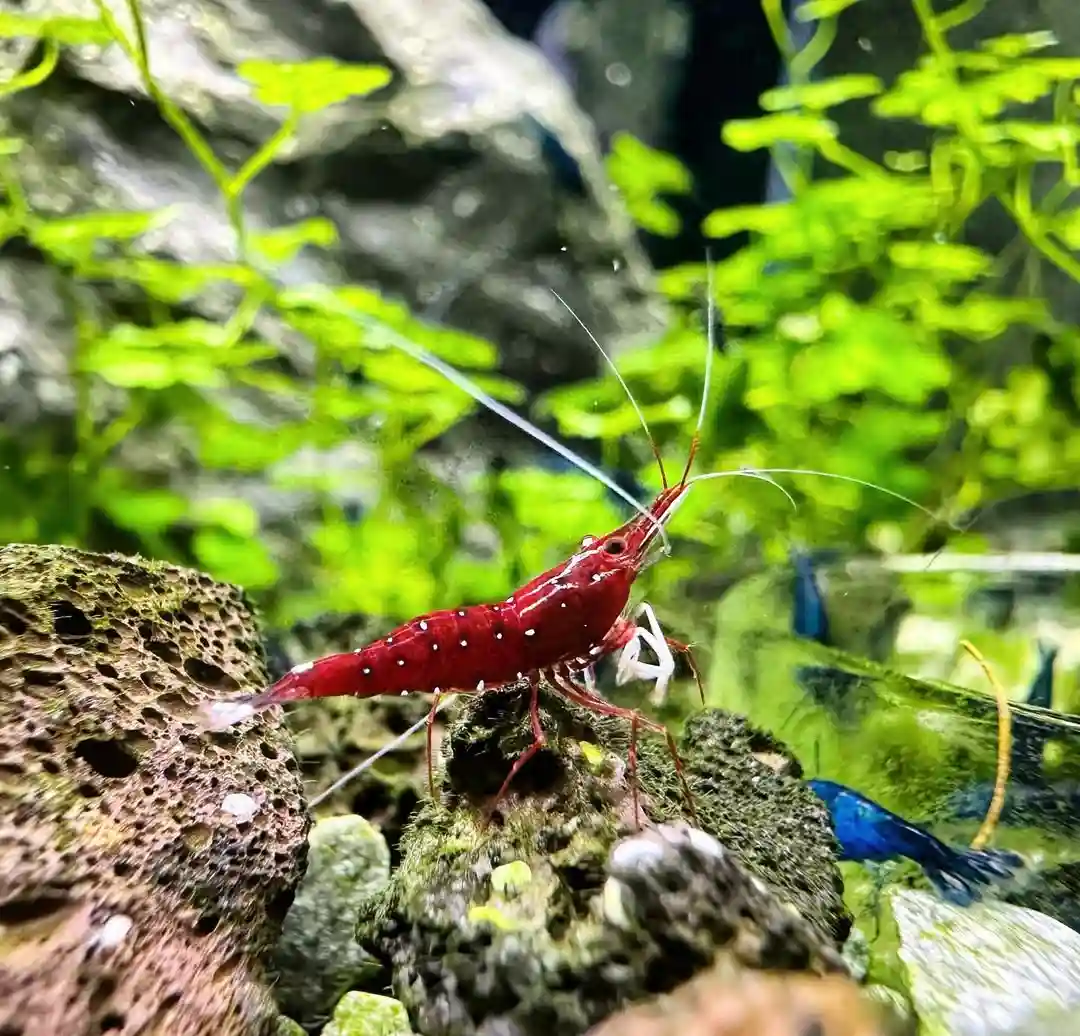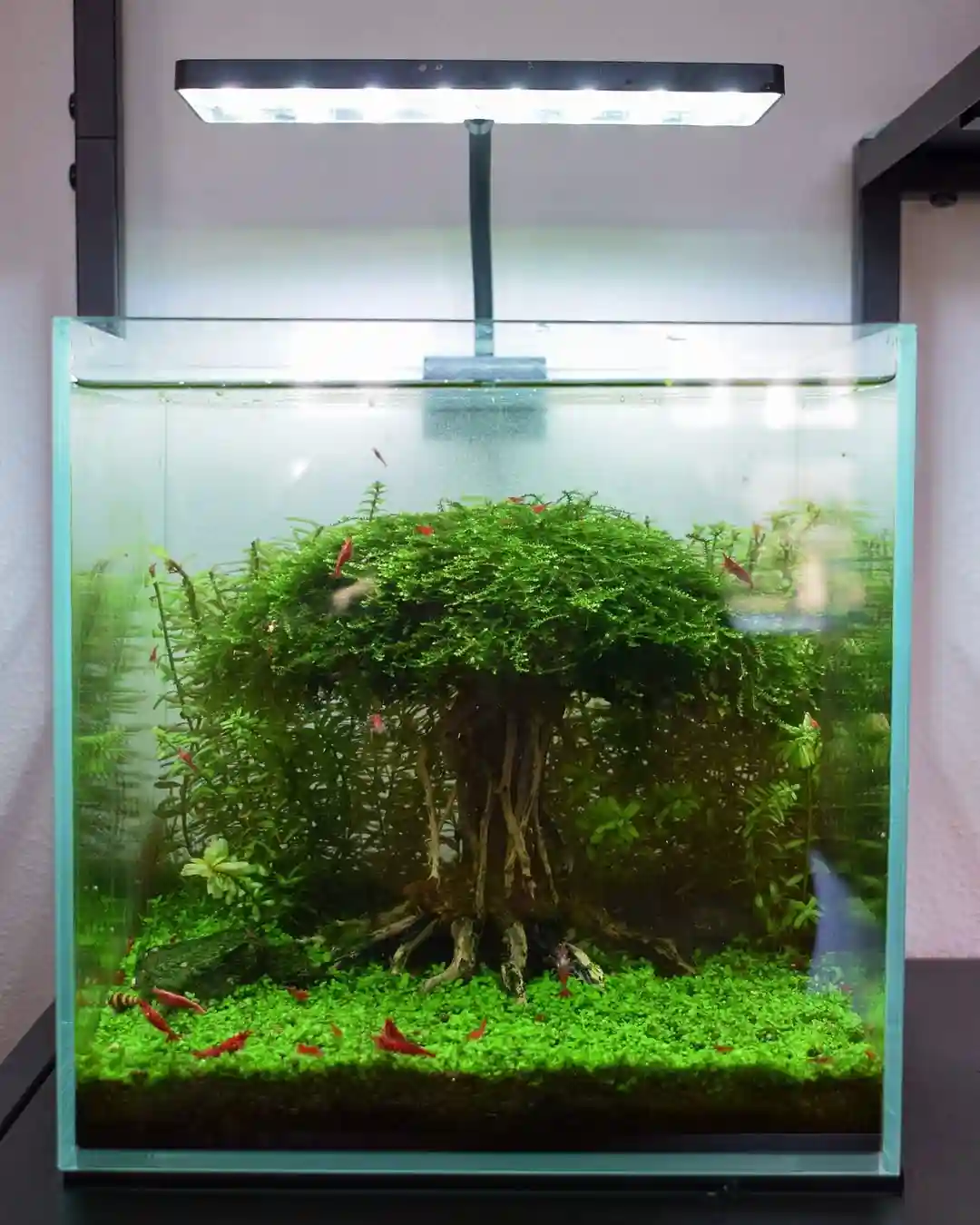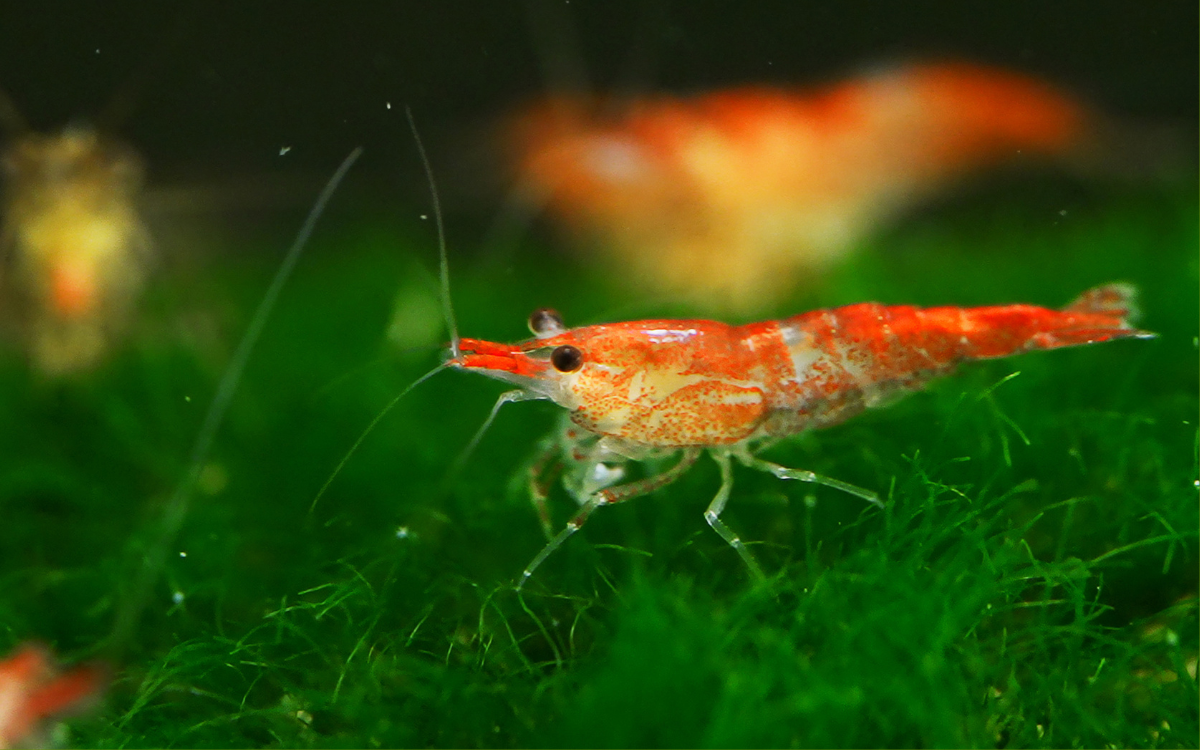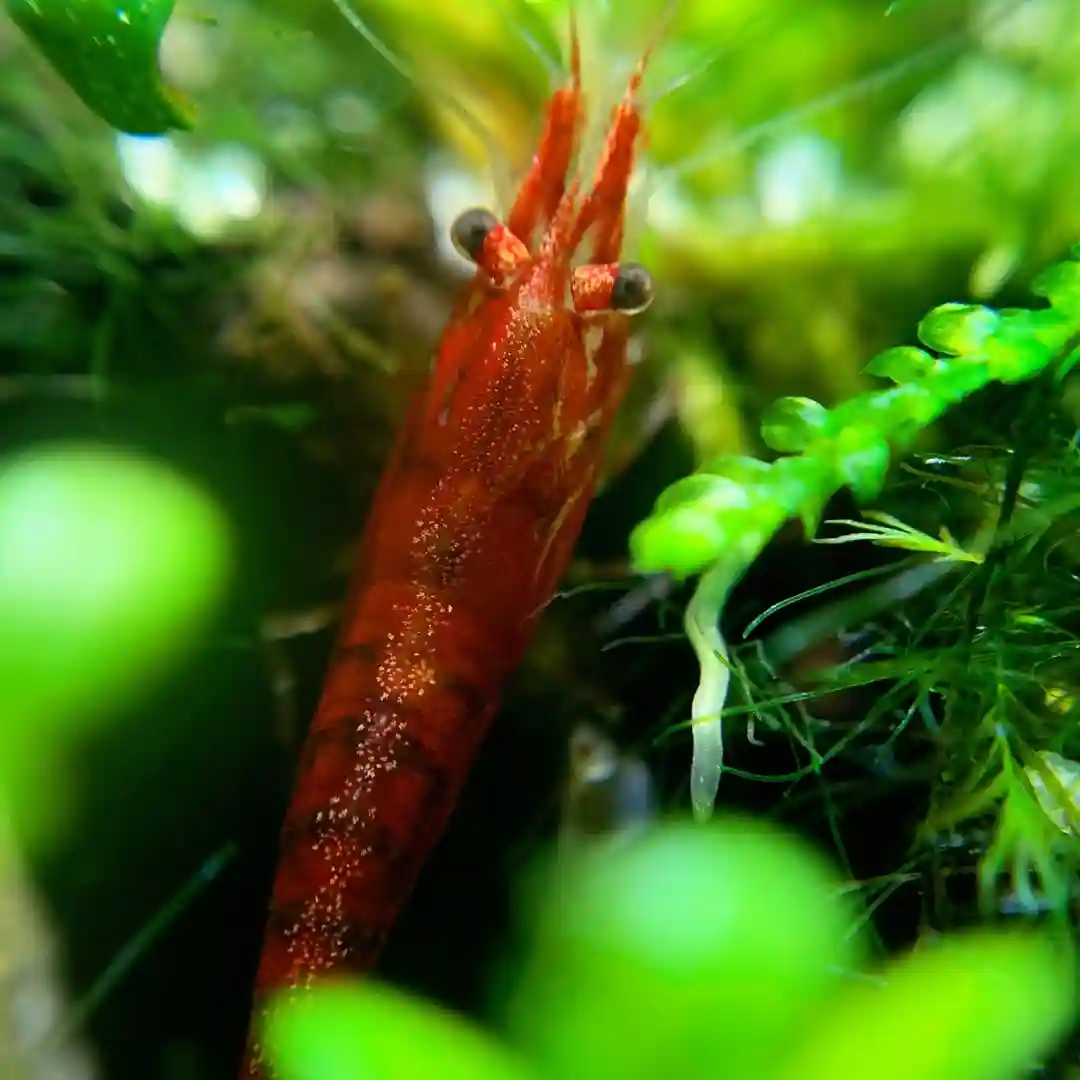Do Shrimp Need a Filter? Pros, Cons & Filter Types Explained
Yes, most freshwater shrimp need a filter to stay healthy. Filters remove waste, support the nitrogen cycle, and keep the water clean and oxygen-rich essential for shrimp survival.
While it’s technically possible to keep shrimp in a tank without a filter, doing so requires dense plant cover, minimal feeding, and constant manual care. For most shrimp keepers, especially beginners, using a filter is the easiest way to maintain a safe and stable environment.
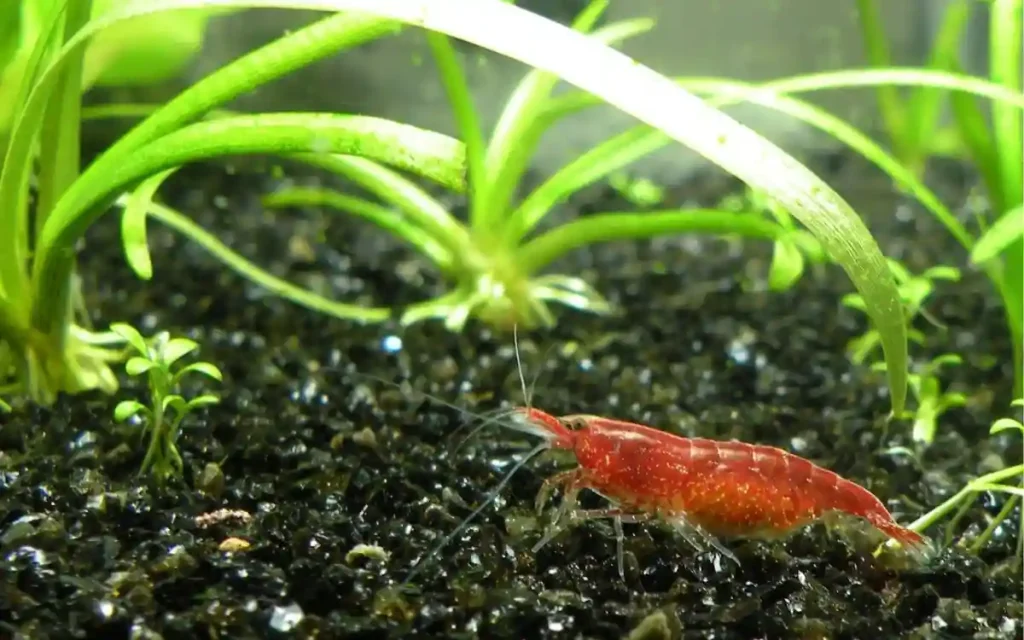
Do Shrimp Need a Filter or Freshwater Shrimp Really Need a Filter
Yes, freshwater shrimp benefit greatly from having a filter in their tank. Popular species like Cherry Shrimp and Crystal Red Shrimp are very sensitive to poor water conditions. A filter helps maintain a stable, healthy environment by removing harmful waste, supporting beneficial bacteria, and keeping the water oxygenated.
Although some advanced aquarists manage to run filterless shrimp tanks, these setups require dense live plants, a light bioload, and frequent water changes. Without this kind of control, problems can build up quickly.
Why Filters Are Important in Shrimp Tanks
Shrimp may be small, but they are sensitive creatures. A filter plays several important roles in keeping your shrimp healthy:
- It breaks down shrimp waste, leftover food, and decaying plant matter to reduce toxins like ammonia and nitrites.
- It helps stabilize the nitrogen cycle by supporting the growth of beneficial bacteria.
- It improves oxygen levels by creating surface movement, which is especially important during nighttime when plants also consume oxygen.
- It creates gentle water movement, which spreads heat and nutrients evenly throughout the tank.
Without a filter, keeping the water safe and stable becomes much harder and riskier.
Pros and Cons of Using a Filter in a Shrimp Tank
Using a filter has many benefits, but there are also a few things to consider.
Benefits
- Maintains water quality and reduces harmful waste
- Supports the nitrogen cycle and beneficial bacteria
- Increases oxygen levels through surface movement
- Helps prevent sudden water parameter changes
- Reduces daily maintenance needs
Drawbacks
- Some filters may suck in baby shrimp if not protected
- Strong water flow can stress shrimp
- Certain filters may be bulky or ruin the natural look of the tank
- Requires electricity and occasional cleaning
To avoid harming baby shrimp, always use sponge pre-filters or choose shrimp-safe filters with soft intake flow.
Best Filter Types for Shrimp Tanks
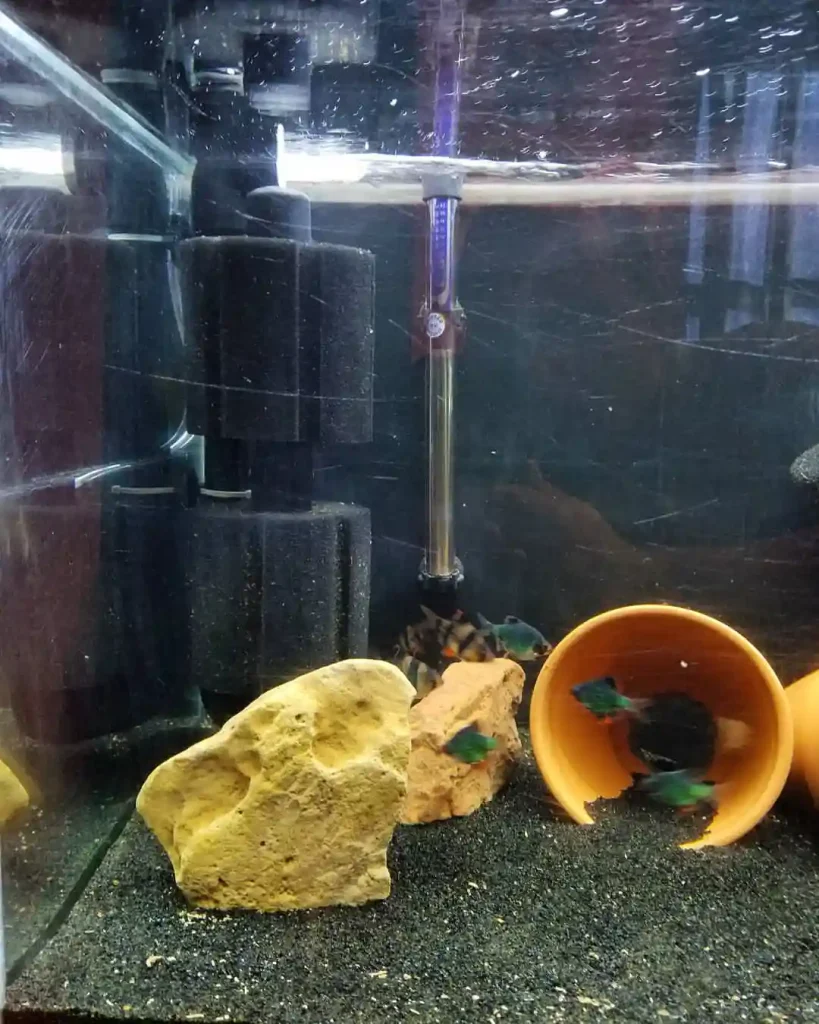
Not all filters are created equal when it comes to shrimp tanks. Here are the most commonly used types, with their strengths and weaknesses.
Sponge Filters
These are one of the safest and most recommended filters for shrimp tanks. They provide both mechanical and biological filtration, are powered by an air pump, and create a gentle water flow. Baby shrimp can safely graze on the biofilm that builds up on the sponge. The main downside is that they are visible inside the tank and may not look great in certain aquascapes.
Matten Filters
Matten filters work like sponge filters but cover one side of the tank with a large sponge sheet. They offer a huge surface area for bacteria and shrimp to graze. These filters are very safe for shrimp but take up more space and may be unfamiliar to beginners.
Hang-On-Back Filters
Also called HOB filters, these sit outside the tank and are a good option for saving internal space. They are more powerful than sponge filters but must be used with a sponge pre-filter on the intake to protect shrimp. Water flow may also need to be reduced to avoid stressing your shrimp.
Canister Filters
These are powerful external filters suitable for larger tanks. While they offer excellent filtration, they can be dangerous for shrimp if not modified. You will need to use a sponge over the intake and adjust the flow rate.
Filters to Avoid in Shrimp Tanks
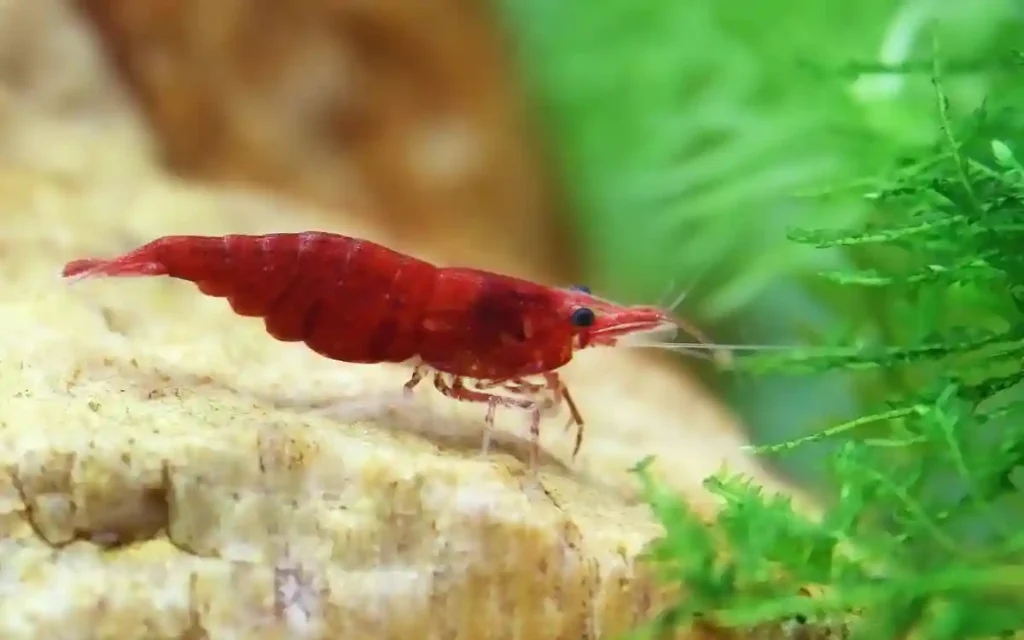
Some filters may seem effective but are not safe for shrimp. Here are a few types you should avoid or use only with caution.
- Internal box filters with exposed fan blades or strong suction. These can easily suck in baby shrimp.
- Filters without intake guards. Even if the flow seems gentle, an open intake can be deadly to small shrimp.
- Overpowered filters rated for much larger tanks. Strong current can cause stress and affect feeding behavior.
Always match your filter to your tank size and use intake protection if needed.
Can You Keep Shrimp Without a Filter
It is possible, but it is not recommended for beginners. A filterless shrimp tank relies on careful planning and natural filtration from plants and substrate bacteria. These tanks must include dense plant growth, minimal feeding, and low bioload to work.
Filterless tanks need:
- Heavily planted environments with mosses and floating plants
- Natural biofilm growth for shrimp to graze on
- Stable water parameters and frequent manual water changes
- No fish or other tankmates that add to the waste load
While filterless tanks can be beautiful and natural, they are very sensitive to changes. A small mistake can lead to a sudden drop in water quality.
Tips for Choosing the Right Filter for Your Shrimp Tank
When shopping for a filter, keep these things in mind:
- Always check the flow strength. Shrimp prefer calm water.
- Choose a filter that matches your tank size. Avoid over-filtering.
- Use a sponge pre-filter or mesh guard to protect baby shrimp.
- For smaller tanks, sponge filters are the safest and most reliable.
- For larger tanks, consider a HOB or canister filter, but make sure to modify the intake and flow.
Frequently Asked Questions
Can I keep shrimp in a tank without a filter?
Yes, but it’s not recommended for beginners. Filterless tanks require heavy planting, very low bioload, and consistent manual care to maintain stable water conditions.
What is the best filter for a shrimp tank?
Sponge filters are considered the best option. They provide gentle filtration, promote biofilm growth, and are completely safe for baby shrimp.
Will a filter hurt baby shrimp?
Some filters can harm baby shrimp if they have strong suction or exposed intakes. Always use a sponge pre-filter or a shrimp-safe filter design.
Do shrimp tanks need air pumps?
Sponge filters run on air pumps, which also help oxygenate the tank. If you’re using a sponge filter, then yes, an air pump is required.
Can I use a hang-on-back filter for shrimp?
Yes, as long as you attach a sponge to the intake and reduce the water flow if needed. Hang-on-back filters are efficient but need modification for shrimp safety.
How often should I clean a shrimp tank filter?
Clean sponge filters every 2 to 4 weeks using old tank water. Avoid over-cleaning, as it can remove beneficial bacteria important for the nitrogen cycle.



